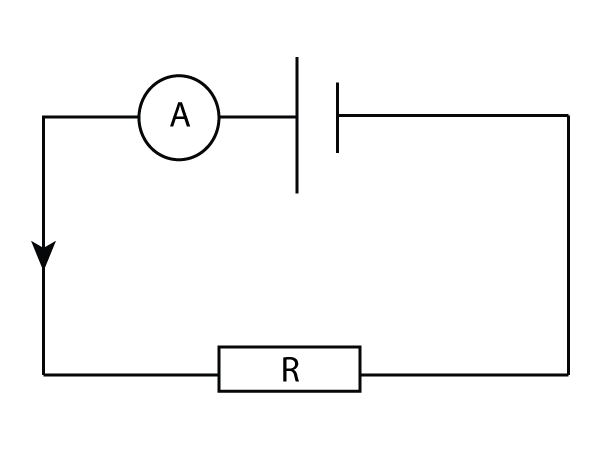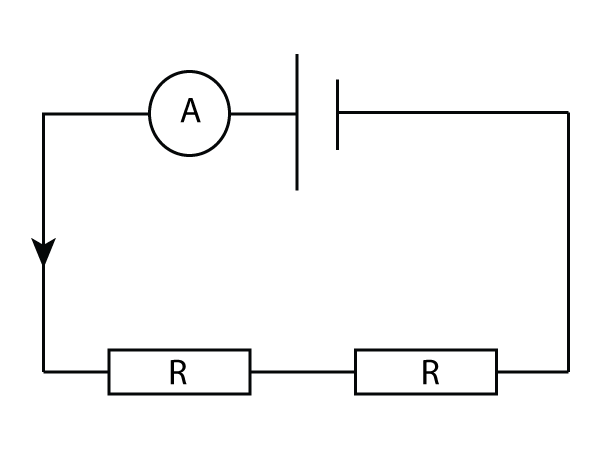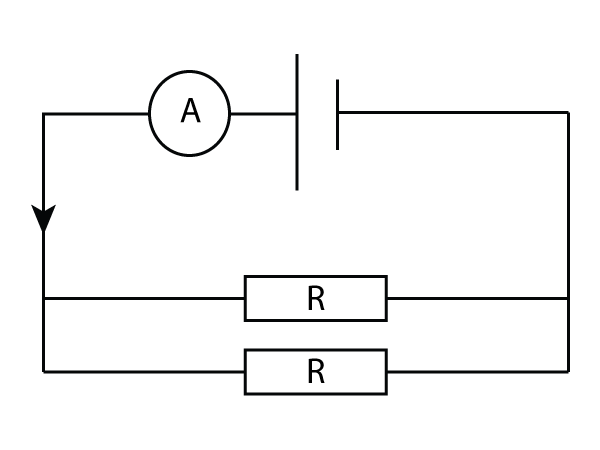µGCSE:Resistors
10 quick questions - for GCSE and iGCSE
|
10 minutes maximum! Can you do it in 5? |
|||||||||||||||||
1. Resistance is measured in 'Ω'. This is the symbol for ...
| |||||||||||||||||
2. Which of these formulas is used to calculate resistance?
| |||||||||||||||||
3. 0.3 kΩ is the same as ...
| |||||||||||||||||
| 4. What is the resistance of this resistor? |  |
||||||||||||||||
| |||||||||||||||||
| 5. What current flows in this circuit? |  |
||||||||||||||||
|
|||||||||||||||||
6. What is '2mA' in amps?
|
|||||||||||||||||
| 7. What is the voltage of this power supply shown in the circuit diagram? |  |
||||||||||||||||
| |||||||||||||||||
| 8. A steel wire has a resistance. Which of these correctly describes the change to the resistance if the wire is made longer, or thicker? (with a bigger radius). | |||||||||||||||||
| |||||||||||||||||
Q9 & 10. In this circuit, a single resistor R is connected to a cell. The total current is given by the ammeter shown.
|
 |
||||||||||||||||
| 9. If I change the circuit and put 2 of these resistors in series, what happens? |  |
||||||||||||||||
| |||||||||||||||||
10. How does the total current change , compared to a single resistor, if I put 2 of the resistors in parallel? |
 |
||||||||||||||||
| The total current is . | |||||||||||||||||